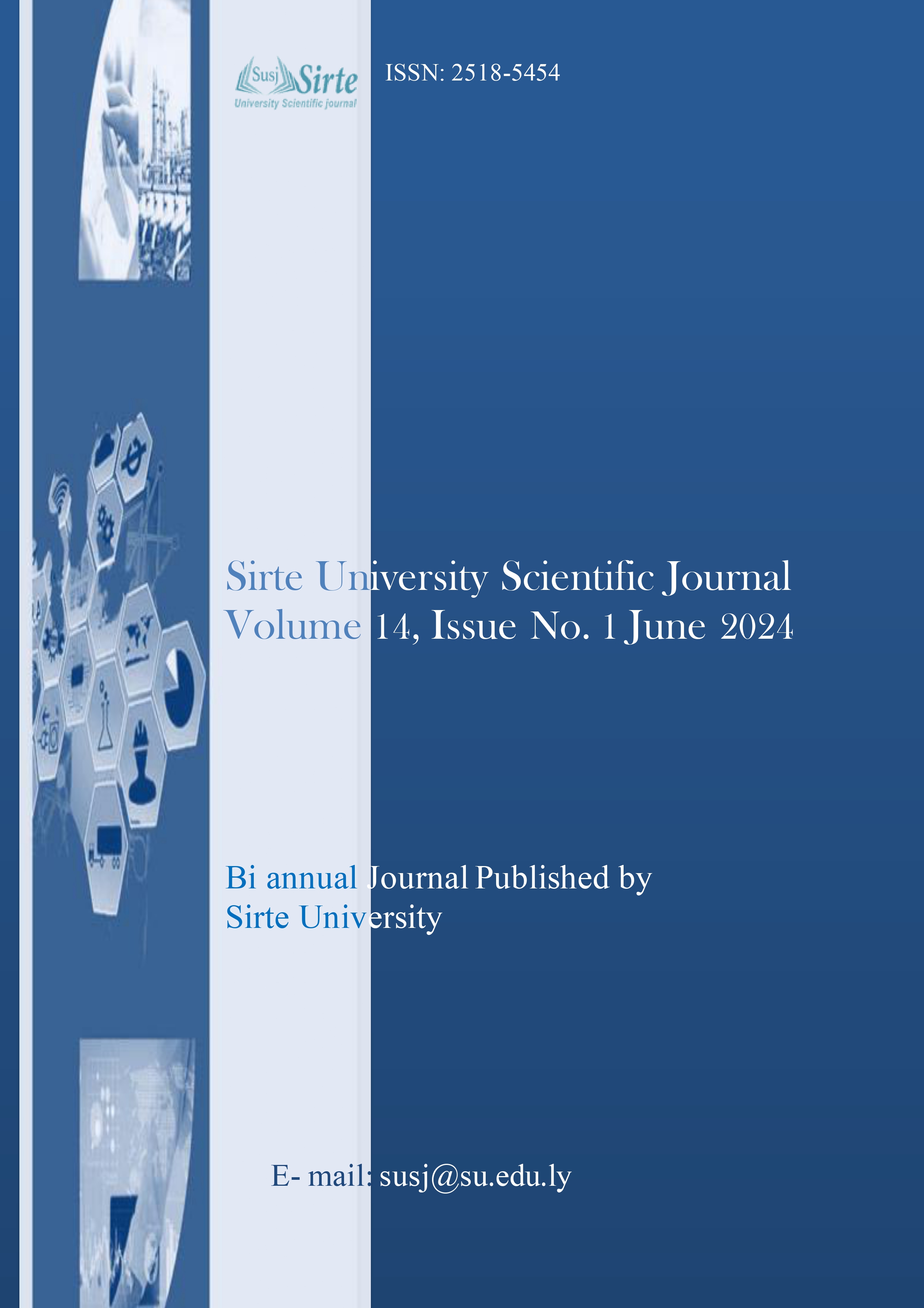Comparative Analysis of Picocell and Femtocell Performance Utilizing Various Propagation Models
DOI:
https://doi.org/10.37375/susj.v14i1.2797الكلمات المفتاحية:
Picocell، Femtocell، 4G performance، MATLAB، modelsالملخص
This study provides an in-depth comparison of picocells and femtocells within 4G networks, employing various propagation models. Using both empirical and deterministic methodologies, the investigation thoroughly explores signal propagation, coverage, and capacity aspects of small cell deployments across different environmental conditions. Leveraging insights from multiple propagation models, the research elucidates the effectiveness of picocells and femtocells in urban, suburban, and rural settings. Crucially, these findings, obtained through a user-friendly GUI developed with MATLAB, offer valuable guidance for refining small cell network design and deployment strategies in 4G environments. This contributes significantly to ongoing discussions on optimizing small cell networks, underlining the importance of tailored approaches for efficient deployment and operation across diverse environmental landscapes.
المراجع
Fujitsu Network Communications Inc., “High-Capacity Indoor Wireless Solutions: Picocell or Femtocell,” FUJITSU, 2013.
Signals Research Group, Project commissioned by Ericsson and Qualcomm., “THE LTE STANDARD”, 2014.
E. Gormleya, J. P. Harrang and D. B. Gibbons, “System and method for autonomous discovery of peak channel capacity in a wireless communication network”. United States Patent US20120106383A1, 3 May 2012.
S. Rathi, N. Malik, N. Chahal and S. Malik, “Throughput for TDD and FDD for 4G LTE Systems,” IJITEE, vol. 3, no. 12, 2014.
P. K. Sharma, D. Sharma and A. Gupta, “Cell Coverage Area and Link Budget Calculations in,” Indian Journal of Science and Technology, vol. 9, no. 1, 2016.
J. Meinilä, P. Kyösti, L. Hentilä and et.al, “Wireless World Initiative New Radio – WINNER+,” CELTIC Communication Solutions, Oulu, 2010.
O. A. Aziz and T. A. Rahman, “Comparison of indoor propagation models for multi floor staircase at 900 MHz and 1800 MHz,” in Telecommunication Technologies (ISTT), IEEE 2nd International Symposium on, Langkawi, 2014
International Telecommunication Union Radiocommunication Sector, “Propagation data and prediction methods for the planning of indoor radiocommunication systems and radio local area networks in the frequency range 300 MHz to 100 GHz,” Recommendation ITU-R P.1238-9, 20 June 2017
Z. Nadir and M. I. Ahmad, “Pathloss Determination Using Okumura-Hata Model And Cubic Regression For Missing Data For Oman,” in International Multiconference of Engineers and Computer Scientists, Hong Kong, 2010.
A. Zyoud, J. Chebil, M. H. Habaebi and et.al, “Investigation of Three-Dimensional Empirical Indoor Path Loss Models for Femtocell Networks,” in 5th International Conference on Mechatronics, IOP Conference Series: Materials Science and Engineering, Volume 53, Kuala Lumpur, 2013





